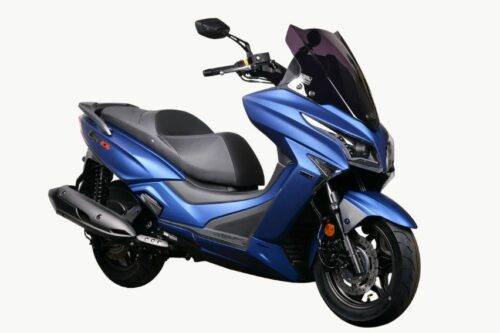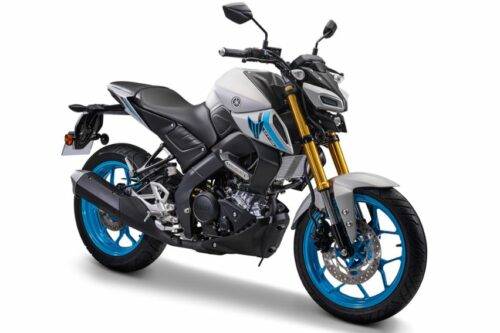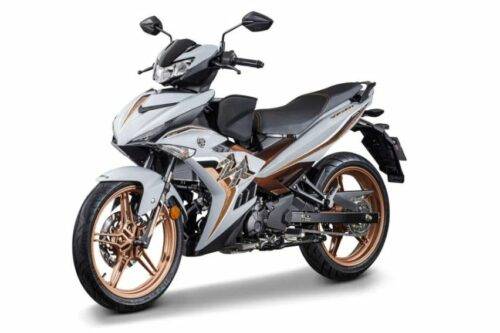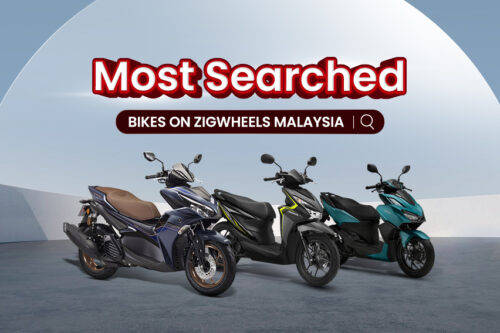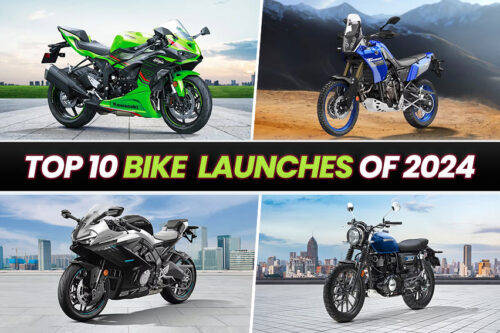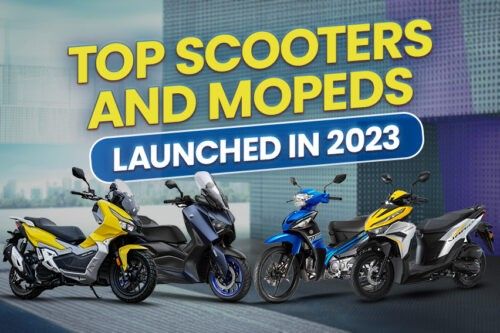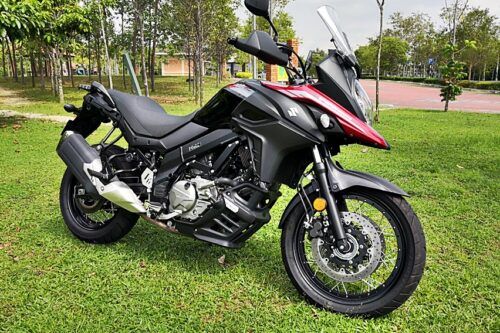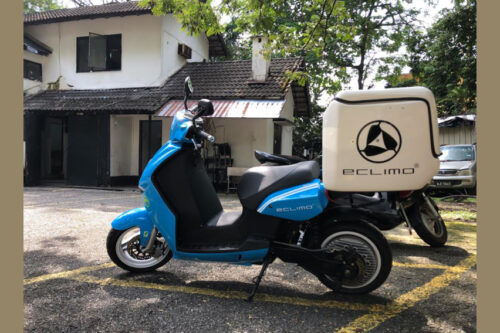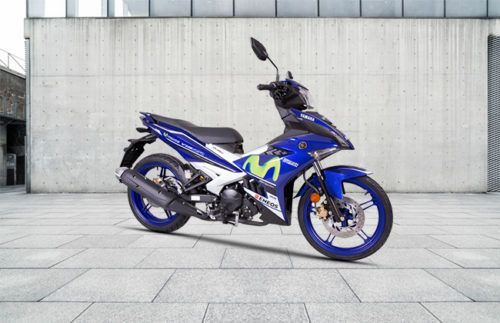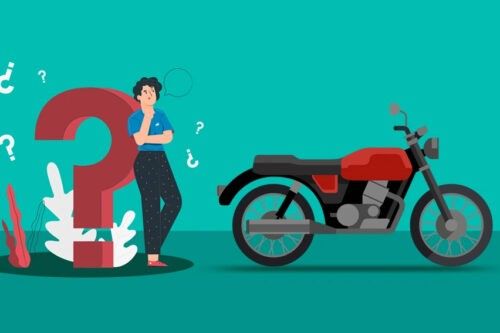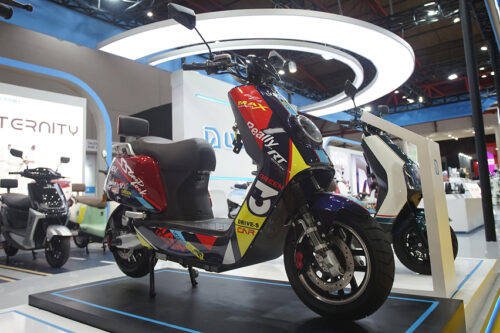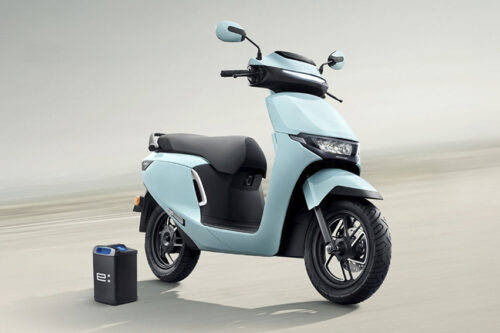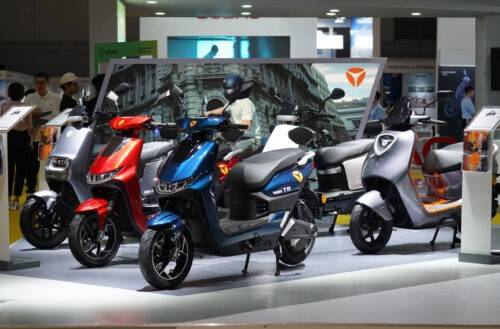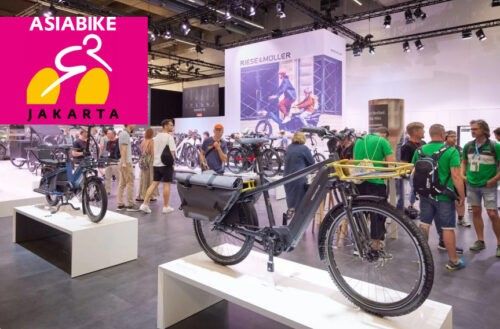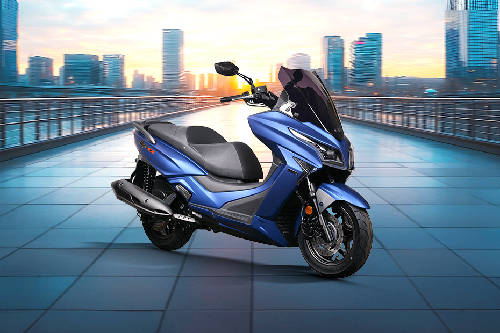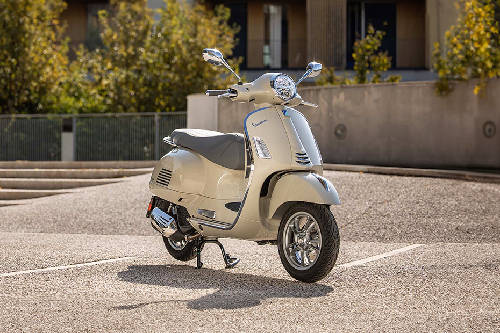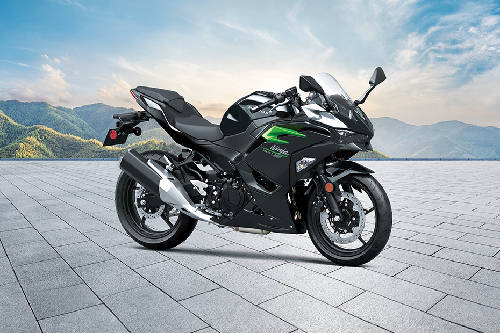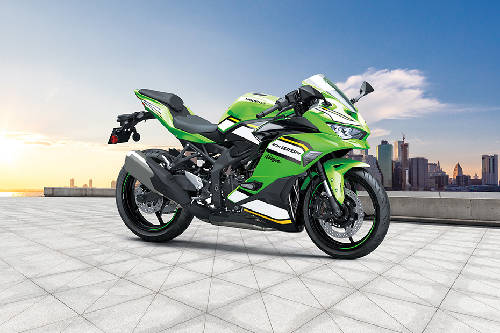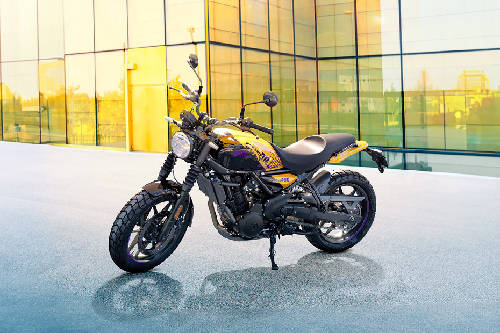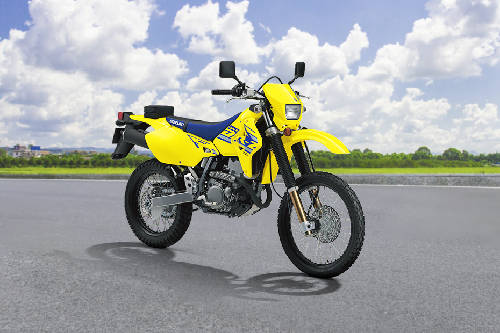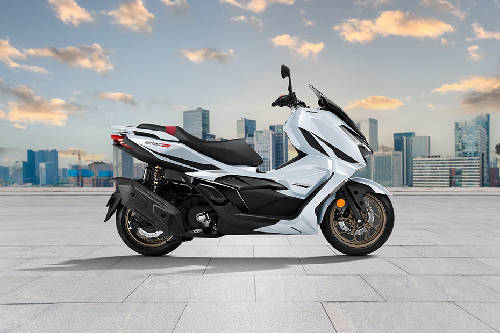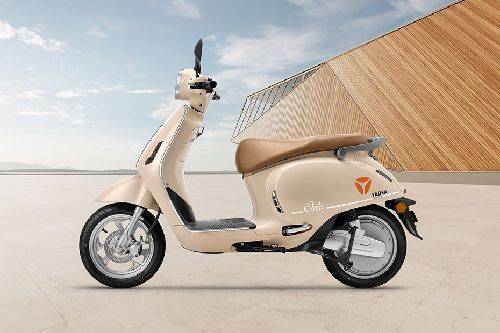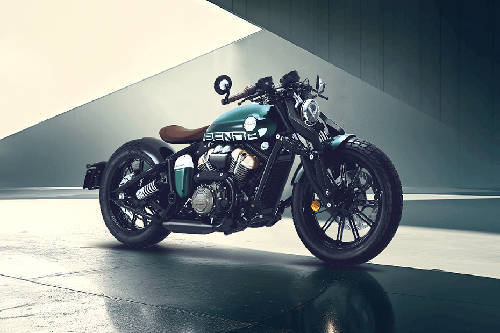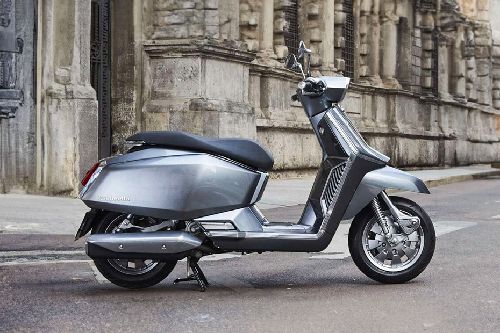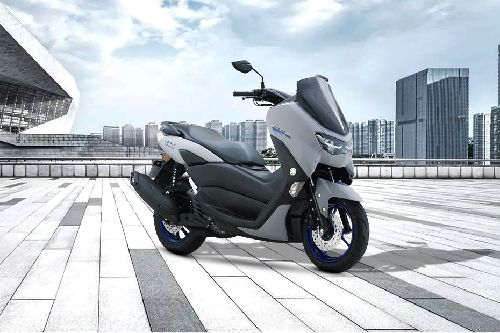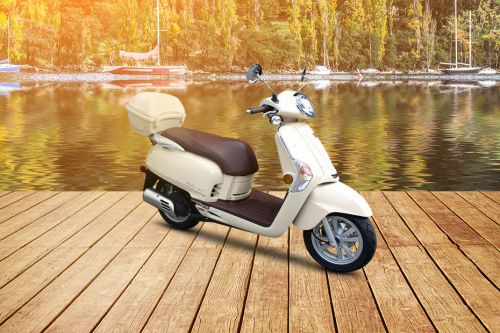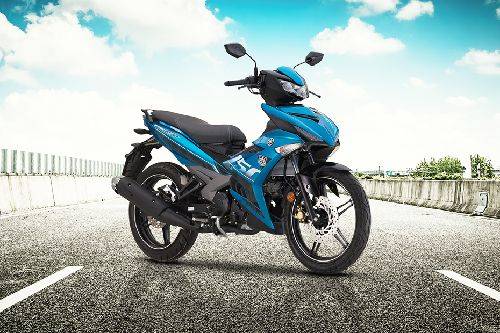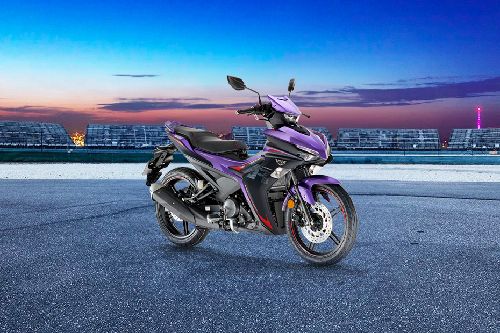Electric Motorcycle: A comprehensive buying guide

Who doesn't enjoy riding a two-wheeler through busy city streets or alongside the open countryside? While city riding offers the convenience of navigating through traffic, countryside rides provide the joy of fresh air. Now, enter electric motorcycles, revolutionising two-wheeled commuting by blending fun with sustainability.
With a growing focus on sustainable living and eco-friendly solutions, electric motorcycles have emerged as a compelling alternative to traditional gas-powered bikes. If you're considering purchasing an electric motorcycle, this comprehensive buying guide will prove invaluable, covering everything you need to know about these innovative vehicles.
The buyer's journey begins with understanding personal needs, surveying the market, making a decision, and finally, registering the vehicle. However, before embarking on this journey, it's crucial to resolve the dilemma of choosing between electric and non-electric motorcycles.

Why choose an electric motorcycle?
1. Environmental impact: Opting for an electric motorcycle significantly reduces carbon emissions, contributing to a cleaner, greener environment.
2. Cost savings: Electric motorcycles are often more cost-effective to operate, with lower fuel and maintenance expenses compared to their gas-powered counterparts.
3. Ease of maintenance: With fewer moving parts, electric motorcycles require less maintenance, leading to reduced upkeep costs and fewer visits to the mechanic.
Electric motorcycle buying guide
Here's a step-by-step guide to buying an electric motorcycle in Malaysia:
1. Define your preferences and needs: Determine your usage patterns and frequency, as they will heavily influence your purchasing decision.
2. Check available options: Explore various electric motorcycle models in the market, evaluating factors like range, performance, charging infrastructure, and local incentives.
3. Locate authorised dealerships: Identify official dealerships or distributors of your preferred electric motorcycle brand, gathering information on models and pricing.
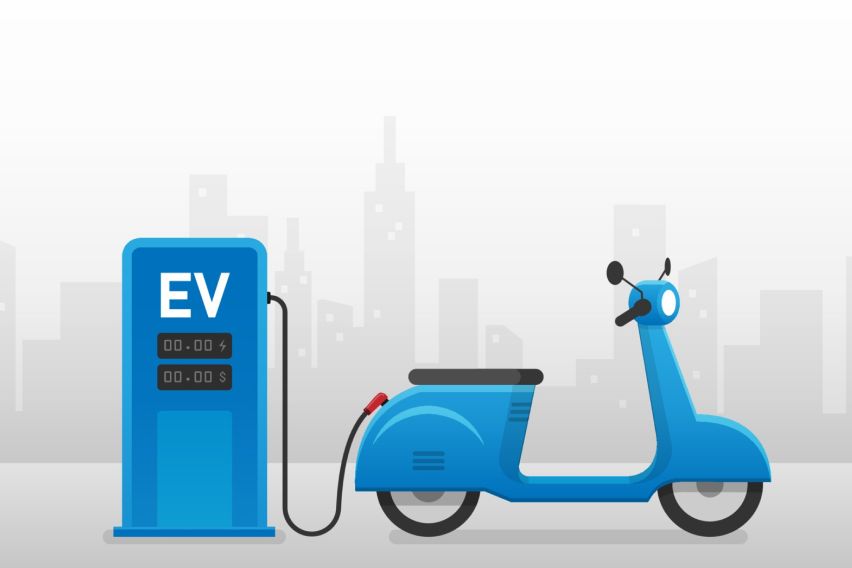
4. Visit dealerships and test ride: Personally inspect electric motorcycles at authorised dealerships, and if possible, arrange a test ride to assess performance and comfort.
5. Review local incentives and regulations: Inquire about potential incentives, rebates, or tax credits, and understand registration requirements and regulations in your area.
6. Compare prices and financing options: Compare prices across different dealerships, and explore financing options if needed.
7. Complete necessary paperwork: Provide essential documents for the purchase and fill out the required paperwork provided by the dealership.
8. Arrange delivery or pickup: Coordinate with the dealership for the delivery or pickup of your electric motorcycle, ensuring it's in optimal condition upon receipt.
9. Register and insure: Complete the registration process with relevant authorities, and obtain insurance coverage for your new electric vehicle.
10. Explore local charging Infrastructure: Familiarise yourself with available charging infrastructure, and consider installing a home charging station for added convenience.
Now that you've completed the above steps, it's time to explore available options and select the most suitable model. This can be accomplished by comparing models across various parameters such as range, performance, battery life, maintenance, and more.

Important factors to consider
Before purchasing an electric motorcycle, consider several key factors:
1. Range: Evaluate the motorcycle's range to ensure it meets your commuting needs and lifestyle requirements.
2. Performance and features: Choose a motorcycle that offers the desired performance and features, such as advanced technology and ergonomic design.
3. Battery: Understand the type of battery used and check warranty coverage and expected lifespan.
4. Cost: Compare costs with traditional petrol-powered bikes and explore potential long-term savings on fuel and maintenance.
5. Incentives and rebates: Explore government incentives or tax credits available for electric motorcycles to lower overall costs.
6. Brand reputation: Opt for reputable manufacturers and research their market standing and owner reviews.
7. Features and technology: Consider features like smartphone connectivity and regenerative braking for an enhanced riding experience.
8. Safety features: Ensure essential safety features like ABS are included for a secure ride.
9. Warranty: Understand warranty terms for both the motorcycle and battery.
10. Resale value: Consider the potential resale value, favouring reputable brands.
11. Importance of Comfort and Ergonomics: Pay attention to factors such as seat comfort and riding position for a comfortable riding experience.
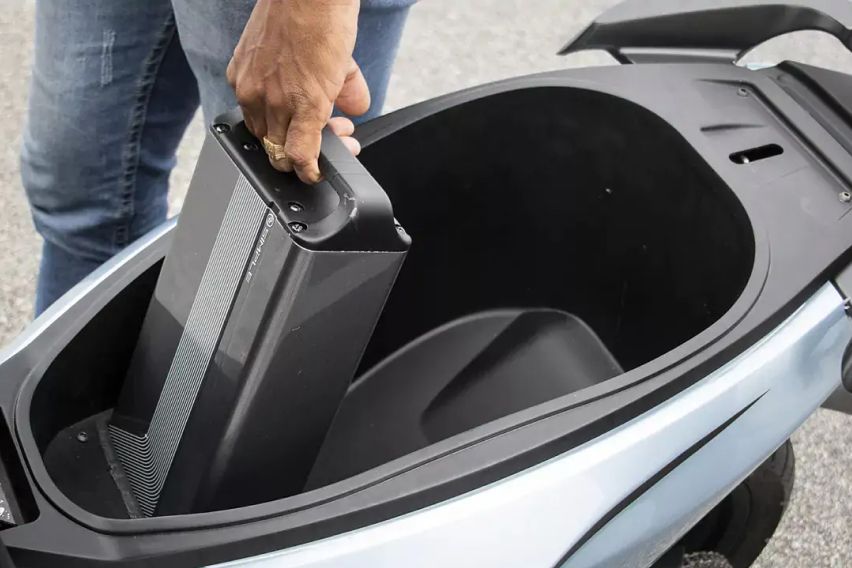
Electric motorcycle components
Compared to traditional ICE motorcycles, electric motorcycles feature unique components:
1. Battery pack: Stores electrical energy, typically utilising lithium-ion technology.
2. Electric motor: Converts electrical energy into mechanical energy to drive the motorcycle.
3. Inverter: Manages the flow of electrical energy from the battery to the motor.
4. Charging setup: Comprises an onboard charger and charging port.
5. Throttle and regenerative braking: Control motor output and capture kinetic energy from braking.
6. Battery management system (BMS): Monitors and manages battery health and performance.
7. Frame and chassis: Provides structural support and accommodates the battery and motor.
8. Transmission: Many electric motorcycles feature a single-speed transmission unit.
9. Cooling system: Manages motor and electronics temperature.
10. Display and controls: Provides essential information to the rider and controls various functions.
11. Wiring and connectors: Network of wires with high-quality connectors for efficient power transfer.
12. Suspension, brakes, tyres, wheels, lights, and signals: Essential components for stability, safety, and performance.
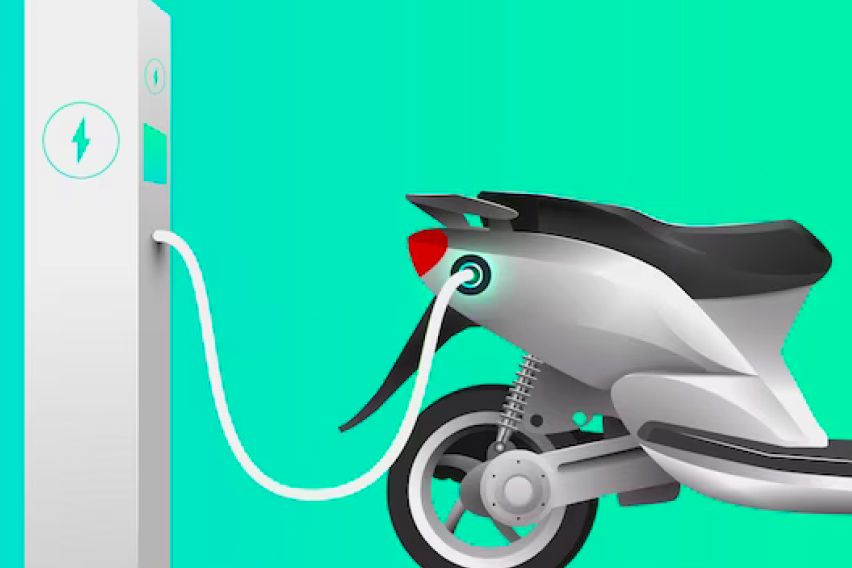
Charging your electric motorcycle
Charging your electric motorcycle is crucial, here’s a brief -
1. Types of charging stations: Level 1, Level 2, and DC fast charging.
2. Planning your charging routine: Develop a routine based on your lifestyle and commuting needs.
3. Efficient charging practices: Follow best practices for efficient charging. For instance, avoid overcharging as it may reduce capacity over time, SoC should be between 20% to 80%, and make sure you use the charger provided by the manufacturer.
Electric motorcycle maintenance
While electric motorcycles require less maintenance, it's essential to understand maintenance requirements:
1. Routine maintenance tasks: Battery care, tyre maintenance, and checks for optimal performance.
2. Finding qualified service providers: Seek experienced service providers for proper maintenance.
3. Addressing common maintenance issues: Stay prepared for software updates and battery health checks.
Bottom line
Choosing an electric motorcycle offers a sustainable lifestyle and long-term cost savings. Zigwheels Malaysia provides comprehensive information to guide you through your electric motorcycle buying journey. If you have any further questions, visit Zigwheels Malaysia for assistance.
Trending & Fresh Updates
- Latest
- Popular
You might also be interested in
- News
Featured Motorcycles
- Latest
- Upcoming
- Popular

